Agronomy

Cowpea is an important crop in many parts of the world, especially sub-Saharan Africa. It is resilient and can grow in areas with little rainfall and low-quality soils. But as hardy as it is, cowpea yields can decrease by drought and low levels of soil phosphorus.
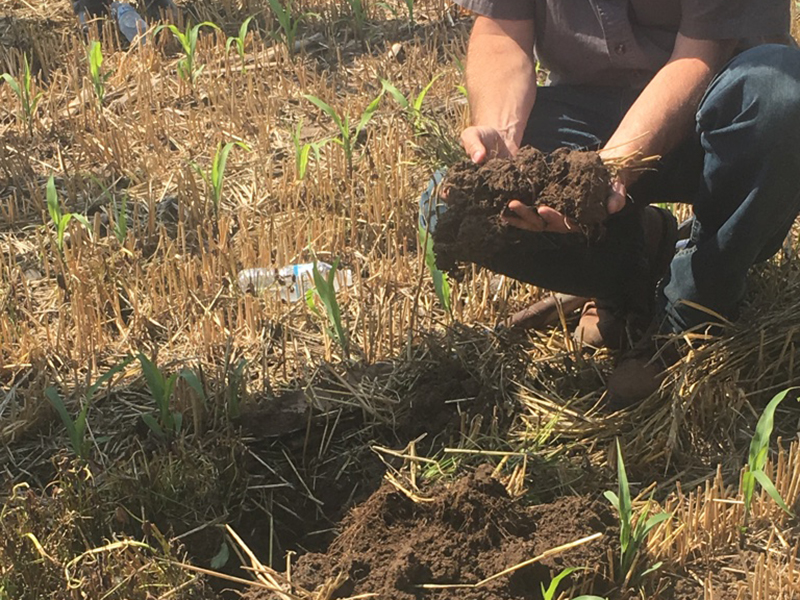
Baking a cake from scratch has more variables than baking one from a boxed mix. Though one can debate why – and when – cake mixes were developed, they are popular, and produce a uniform product. (They were really patented in the 1930s!)
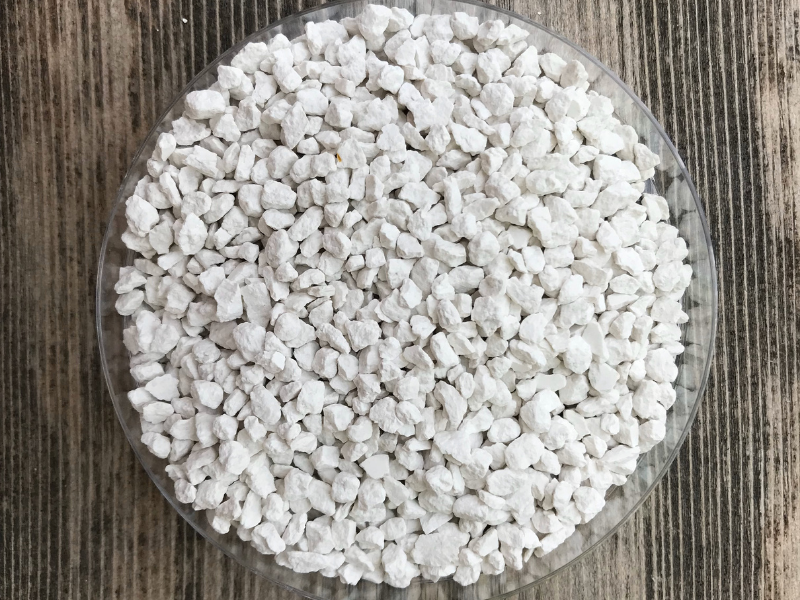
Studying new fertilizer options is the first step to getting farmers to eventually use them on their crops. A mineral called struvite has the potential to be an effective phosphorus fertilizer that may be considered organic.
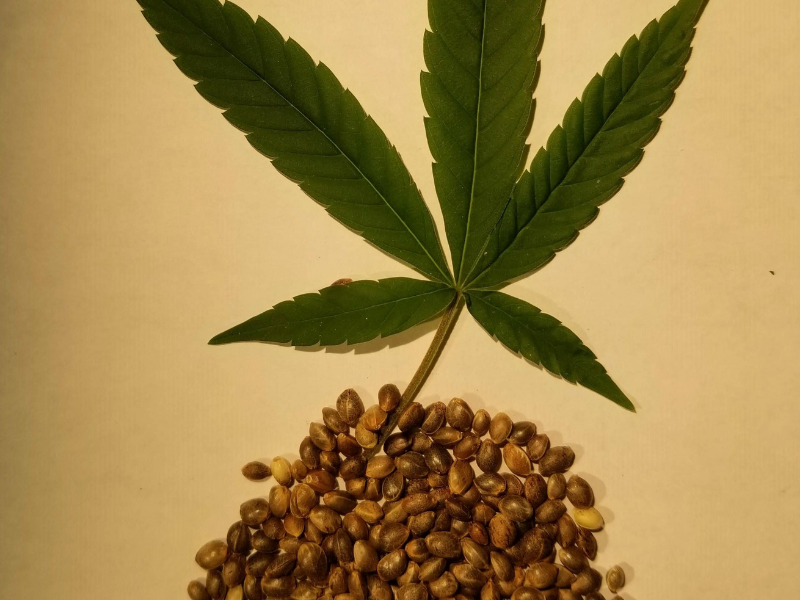
After decades of being relegated and regulated, research on industrial hemp as a valuable crop is far behind. That’s because the United States banned the use of hemp in the 1930s. The result was all research about this crop stopped, too. Now that the Farm Bill allows for the growing and use of industrial hemp, researchers have a decades-long gap in knowledge.

Biochar is similar to charcoal and can be added to soil with the goal of improving its quality. It can help increase nutrient and water retention. However, what happens in soil impacts fungi and plants that live there, and it is not always clear how they will react to biochar.
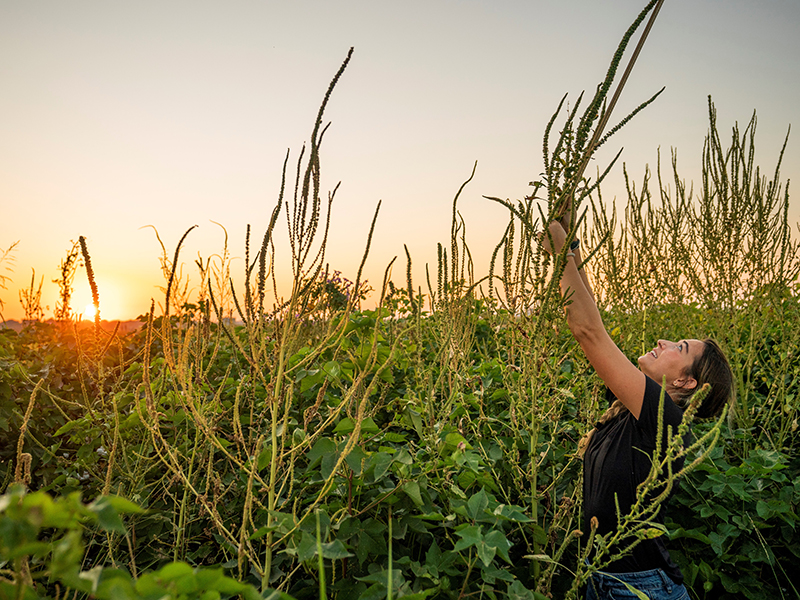
The world is warming. And fast. By 2050, it’s likely the planet will have warmed by about 3.6 degrees Fahrenheit compared to before the Industrial Revolution. That warming brings substantial changes. Storms will be stronger. People will run their air conditioners more. It will even change when and where our crops grow — and how well they perform.
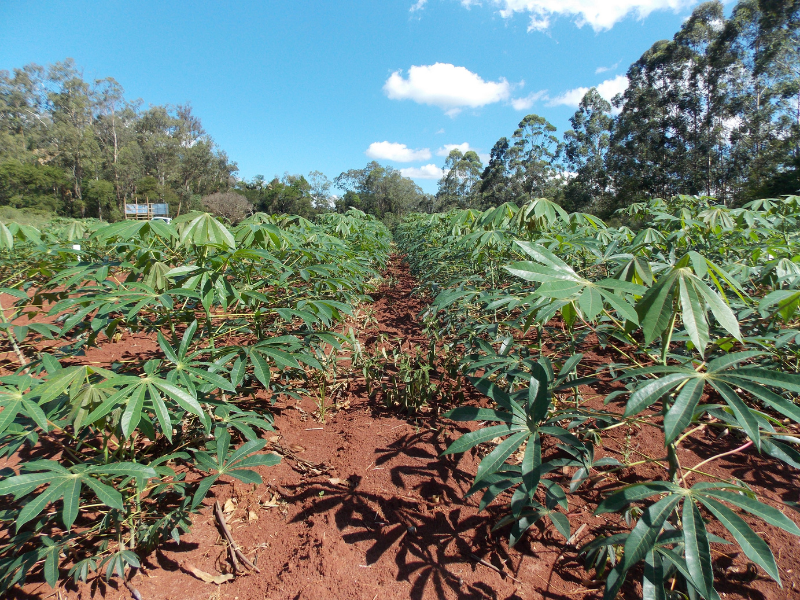
Cassava is a vital source of calories for close to a billion people across the world. The plant is a woody, perennial shrub with edible roots. Cassava roots are rich in carbohydrates, potassium, calcium, vitamins B and C, and essential minerals. Cassava plants can grow in relatively poor soils and in challenging environments.
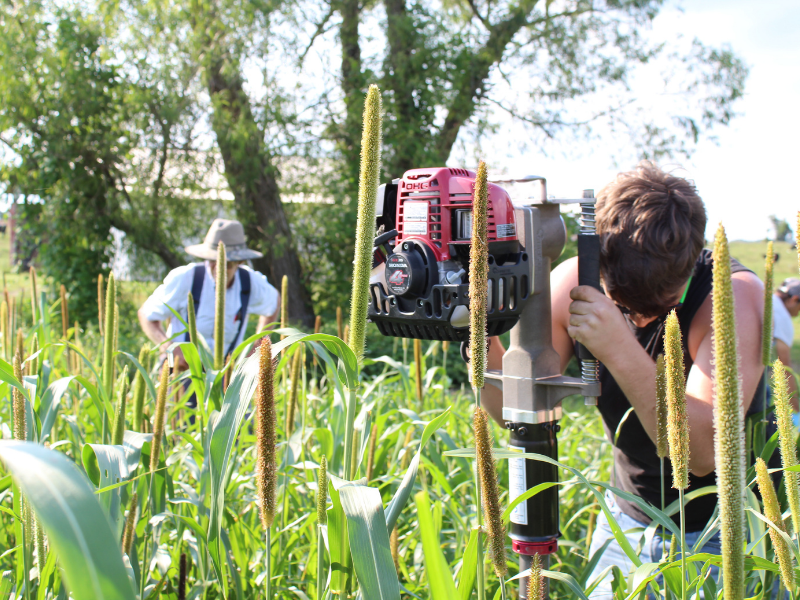
The soil is a vital foundation for most plant life. Our crops rely on this rich trove of nutrients and microbes to help turn sunlight into food. But we’ve learned over the last few decades that there can be too much of a good thing.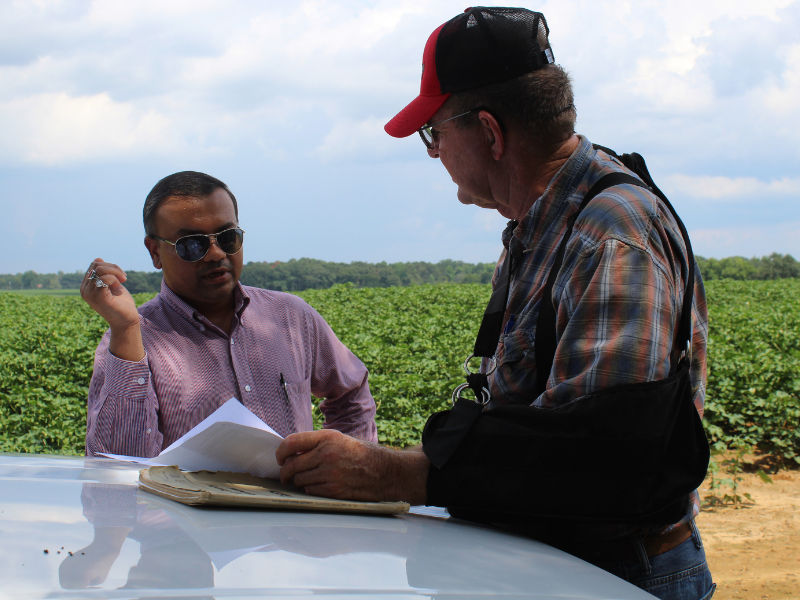
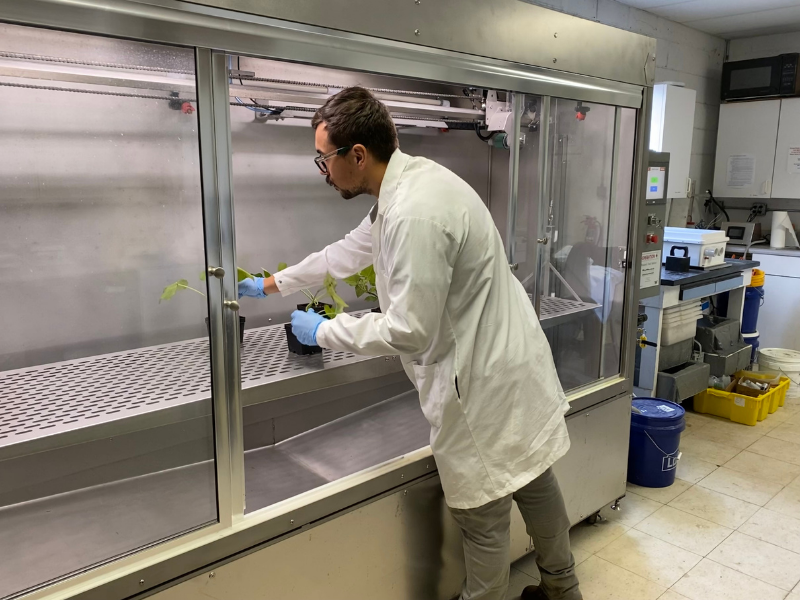
As you start to plan for your Thanksgiving dinner, sweet potatoes are likely on the menu. Whether roasted and savory or topped with marshmallows, they’re a fall staple.
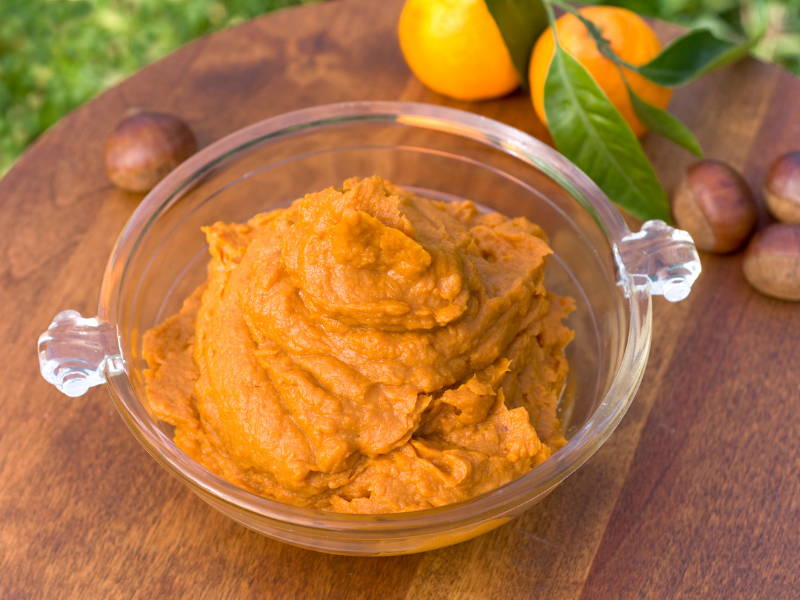
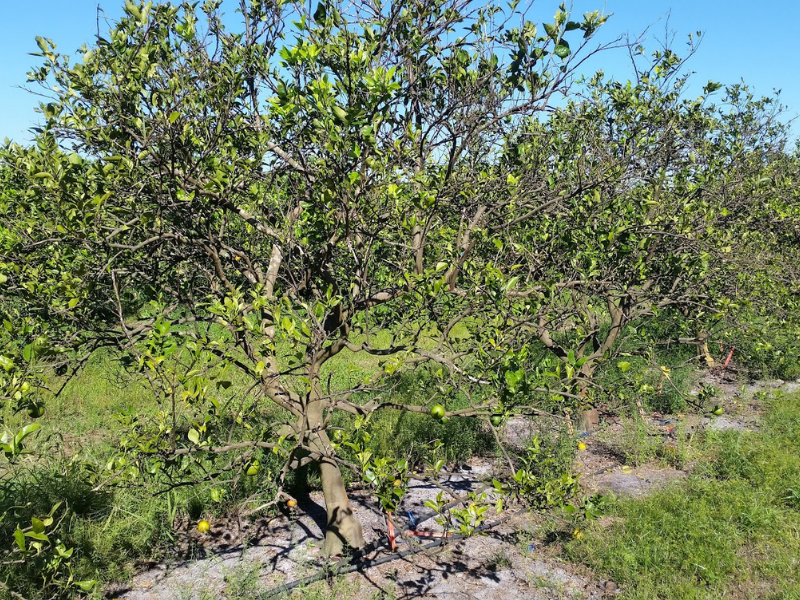
Drinking orange juice with breakfast has been a staple in kitchens for years. But a disease has been infecting citrus trees and reducing yields, threatening the supply. Called “citrus greening,” it causes trees to decline and die within three years. The disease destroys the production, appearance, and economic value of citrus trees and their fruit. There is no cure.
